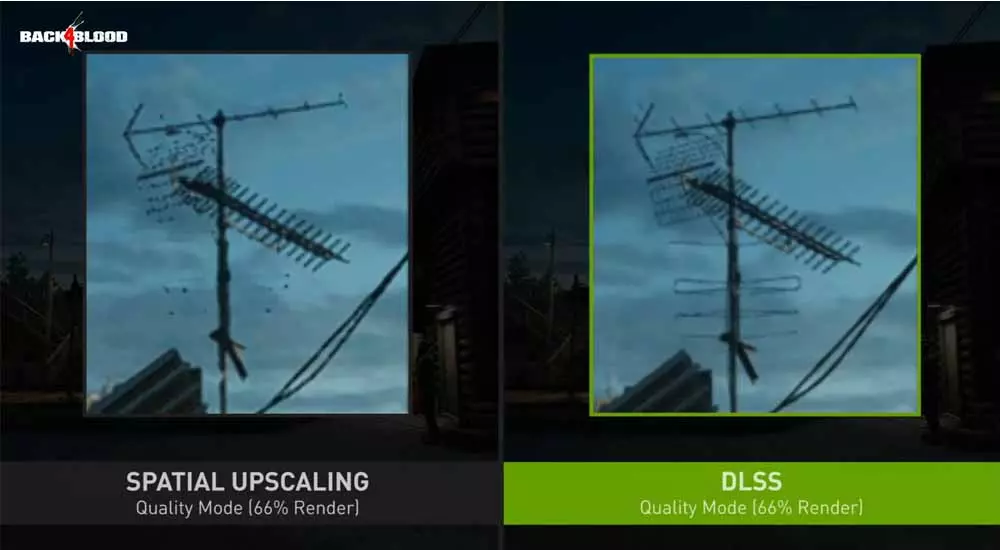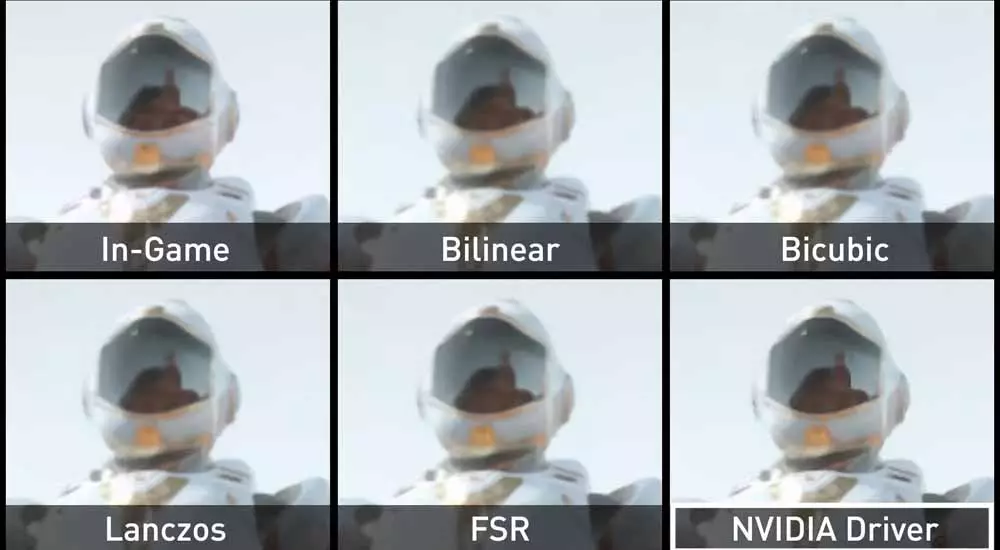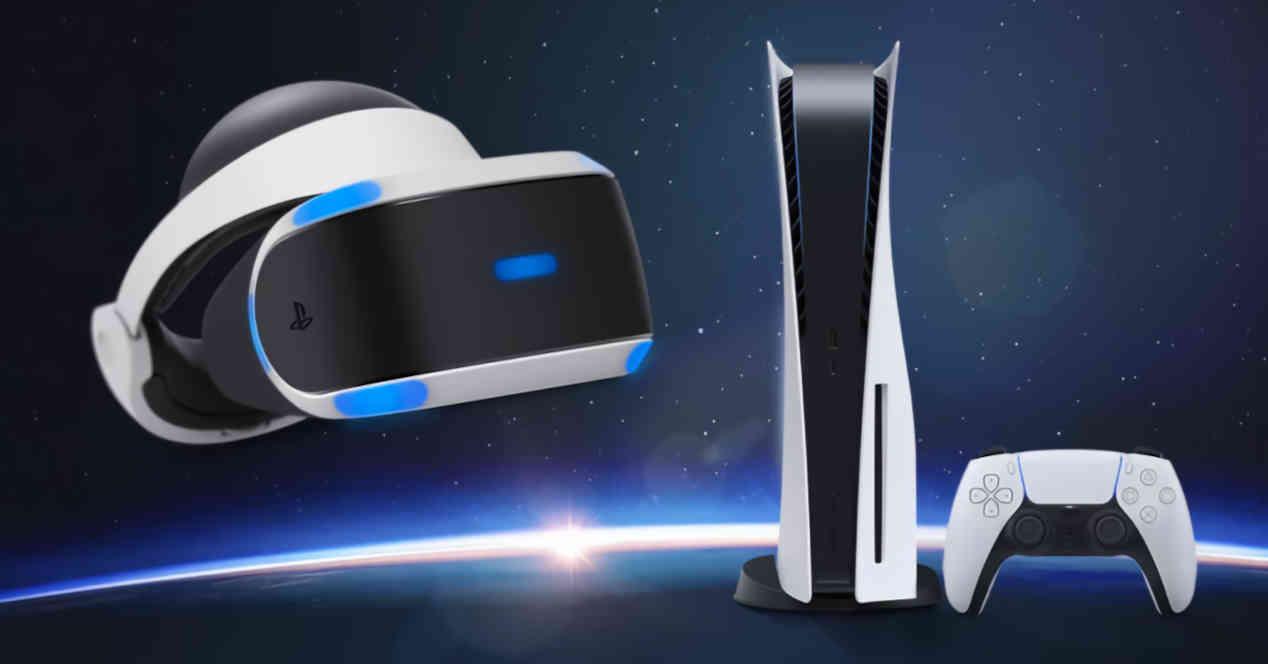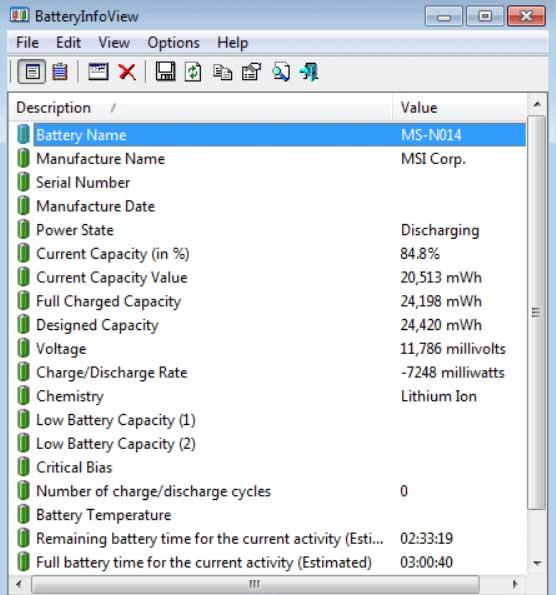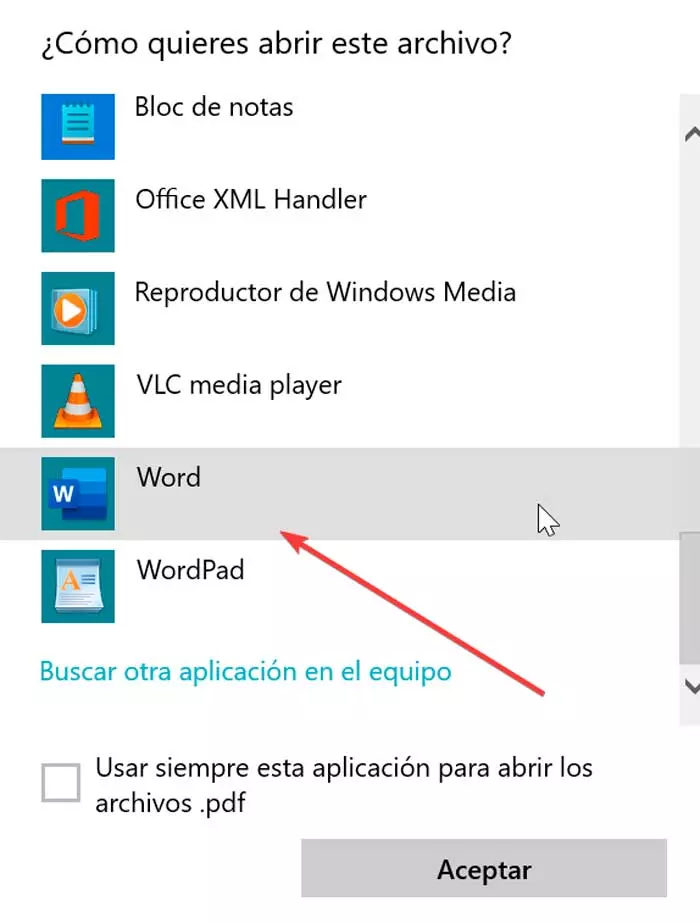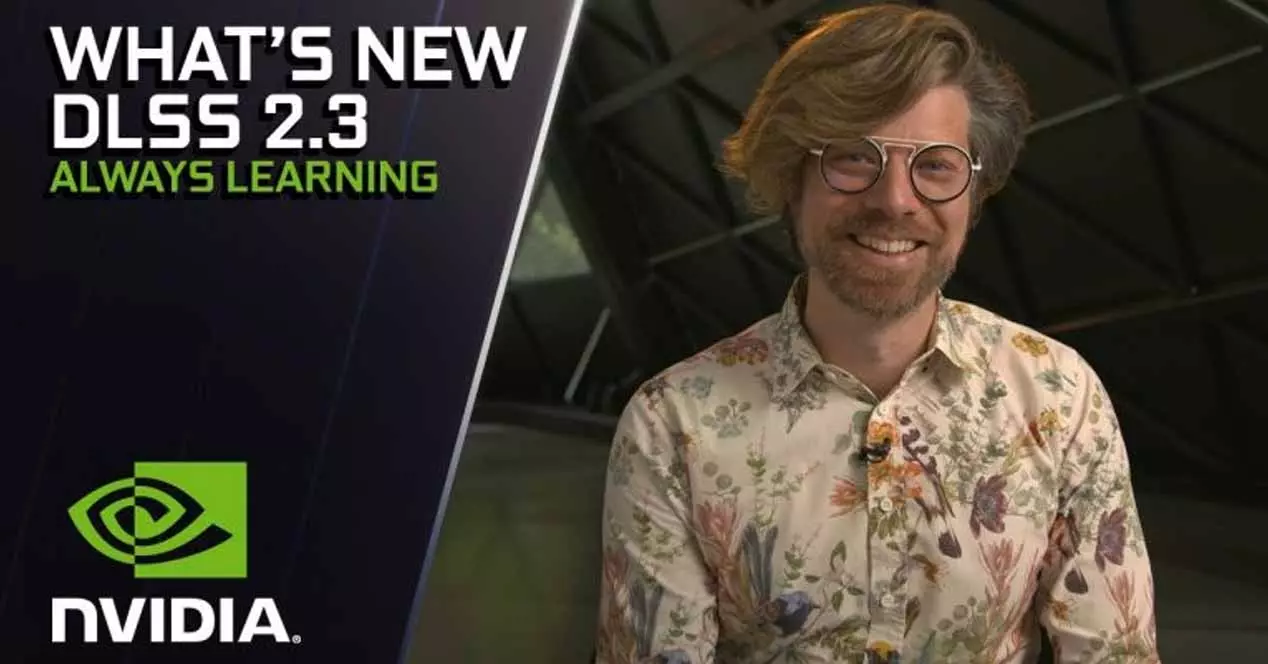
NVIDIA DLSS technology version 2.3 has been around for over a month now, and despite this the company has not made any official announcements to date. However, the company has published a new video about it (which, for some reason, has been published for only a few hours and now they have withdrawn it) where they have not hesitated to attack the FSR technology of the competition, claiming that DLSS 2.3 is better than the spatial scaling that AMD uses.
It was Bryan Catanzaro (VP of Applied Deep Learning Research at NVIDIA) who explained in this retired video how existing spatial scaling technologies, such as AMD Fidelity FX Super Resolution (FSR), compare. The NVIDIA employee underlined the fact that DLSS has been in development for many years, and that it has been receiving updates for 3 years, while it has not been the case for competing technologies.
Is NVIDIA DLSS 2.3 better than AMD FSR?
All hardware enthusiasts will remember the fiasco that resulted in the first version of NVIDIA DLSS technology, and most experts agree that it was too early a release. However, NVIDIA learned its lesson very well, and DLSS 2.0 did indeed revolutionize game resolution upscaling with the introduction of AI image reconstruction that significantly improved image quality.
At the time of the DLSS 2.0 release, NVIDIA made it clear that it paid close attention to feedback from developers and the community regarding issues with the first version, and has been improving its technology ever since. With DLSS version 2.3, a smarter use of motion vectors is introduced in games, which improves detail and greatly reduces effect. ghosting and the flickering on moving objects, one of the weakest points in technology.
In video posted and later removed by NVIDIA, we could see how the company was focusing on a comparison between DLSS and conventional spatial scaling technology that has been around for years. The technology, according to Catanzaro, has even been implemented in televisions, and in fact he adds that GeForce controllers have long offered their own way of performing spatial scaling.
The video presents a comparison between DLSS technology in different quality and spatial enhancement modes in games such as Back 4 Blood, Necromunda Hired Gun or Chernobylite. It is also curious that NVIDIA fails to mention AMD’s FSR technology in any of the cases, treating it as any spatial enhancement technology even though, as is obvious, they are comparing DLSS against FSR in all games.
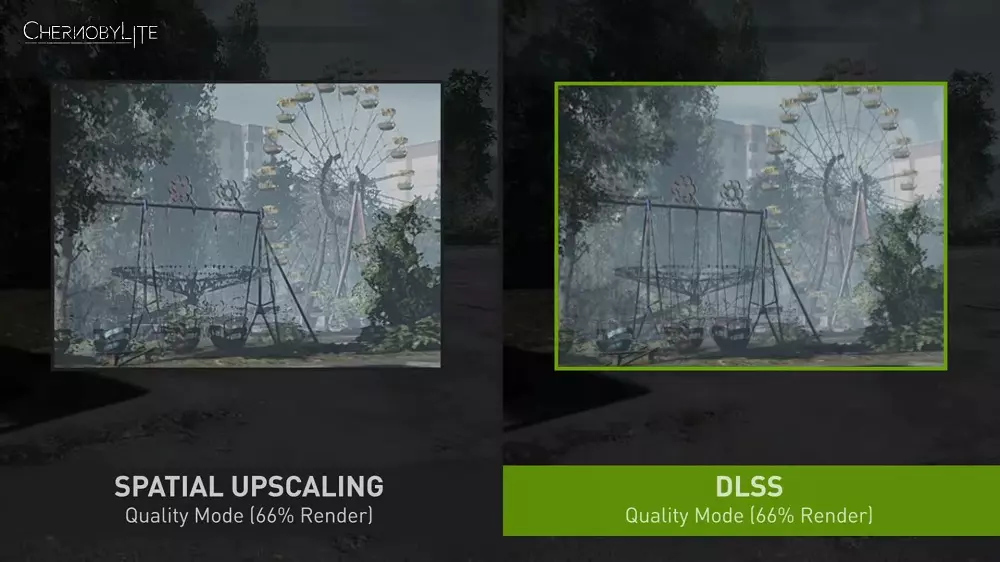
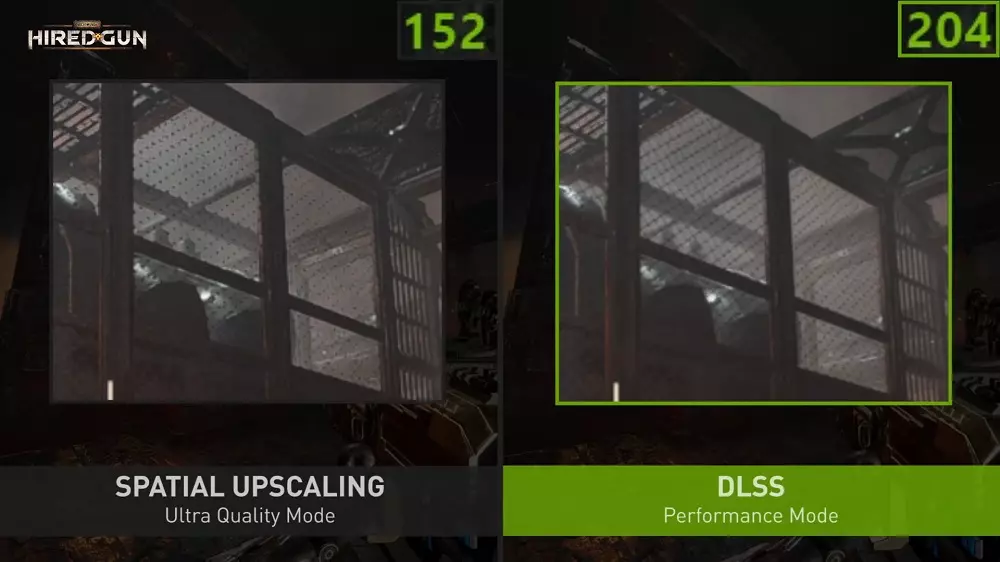
It is a real pity that NVIDIA has withdrawn the video that they published and that we cannot show it to you here, and it is also strange that the company did it without giving any explanation … we cannot know if it was perhaps published early by mistake, yes is that the video contained inaccurate data, or if they have had some kind of problem, especially for the FSR issue.
Answering the question in the statement, we cannot say if DLSS 2.3 is really better than AMD FSR, but what is clear is that in all the comparisons that have been made to date, it has been possible to see that both technologies have been won a place and they are here to stay, as the performance improvements that both provide are more than remarkable.
We are facing two technologies that compete with each other in the eternal fight AMD vs NVIDIA, but we are forced to mention here Intel and its technology XeSS, whom we cannot lose sight of as he will come into play competing strongly against both technological giants. On the other hand, we also have to mention the fact that there will come a time when AMD will update FSR to, like DLSS, be based on AI, something that will put things very hot between both companies again.
